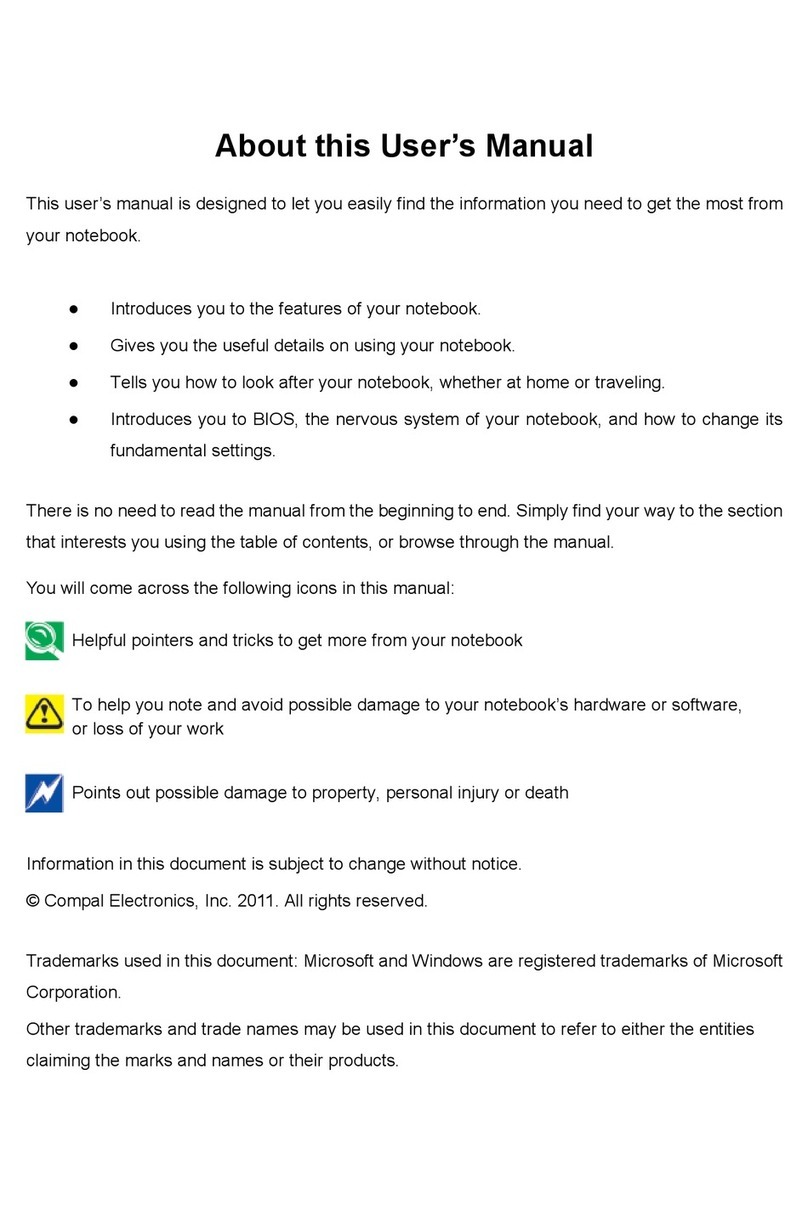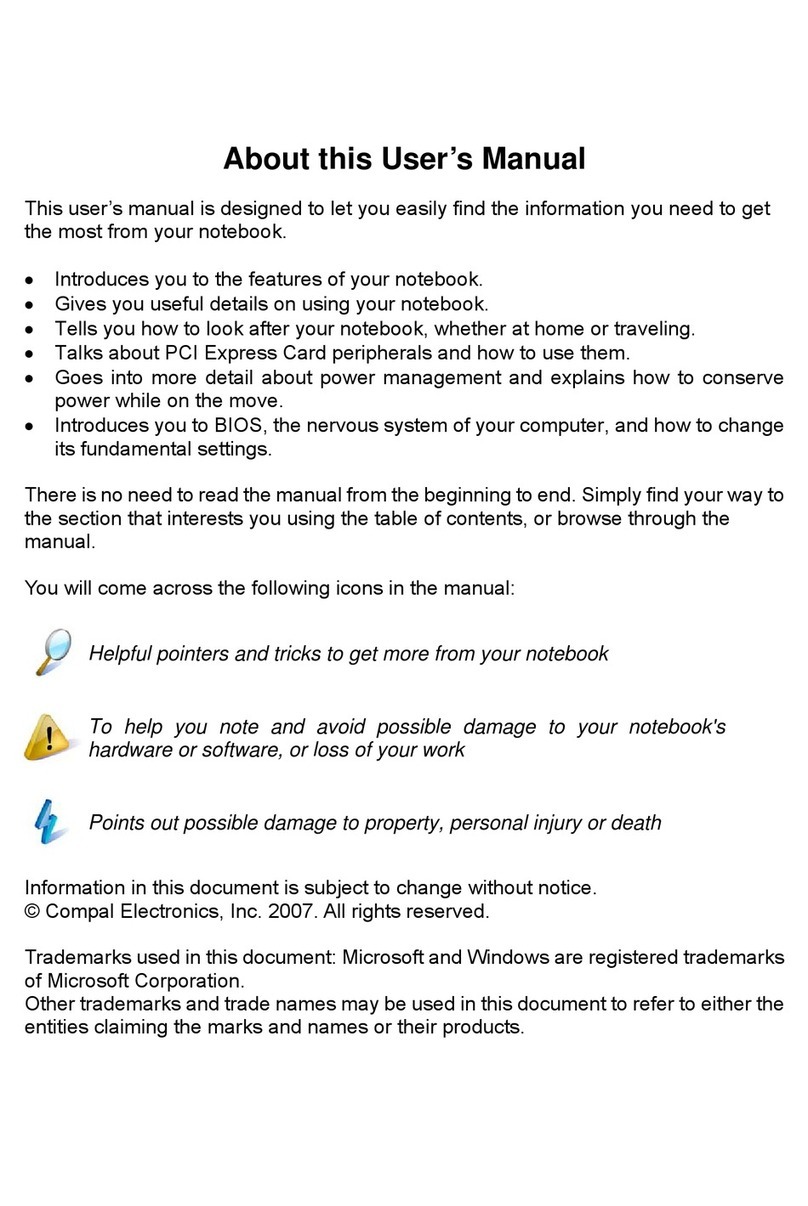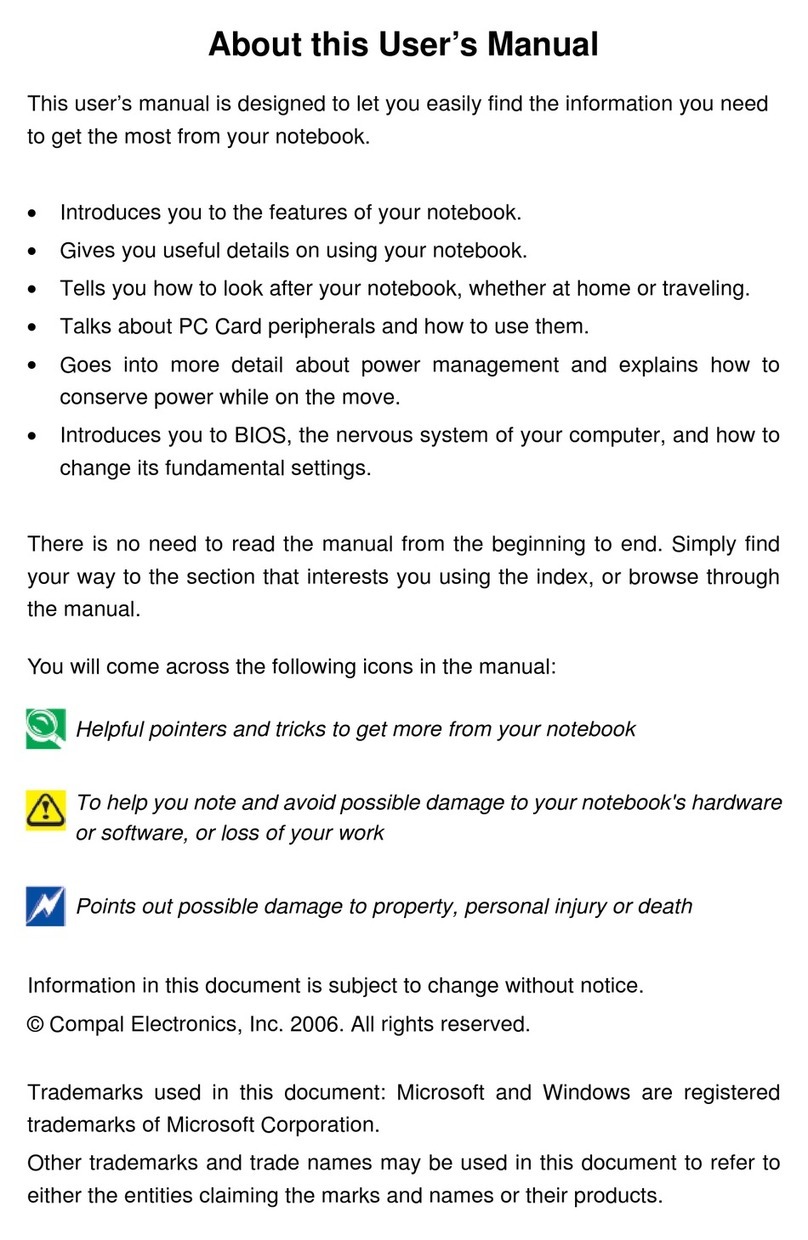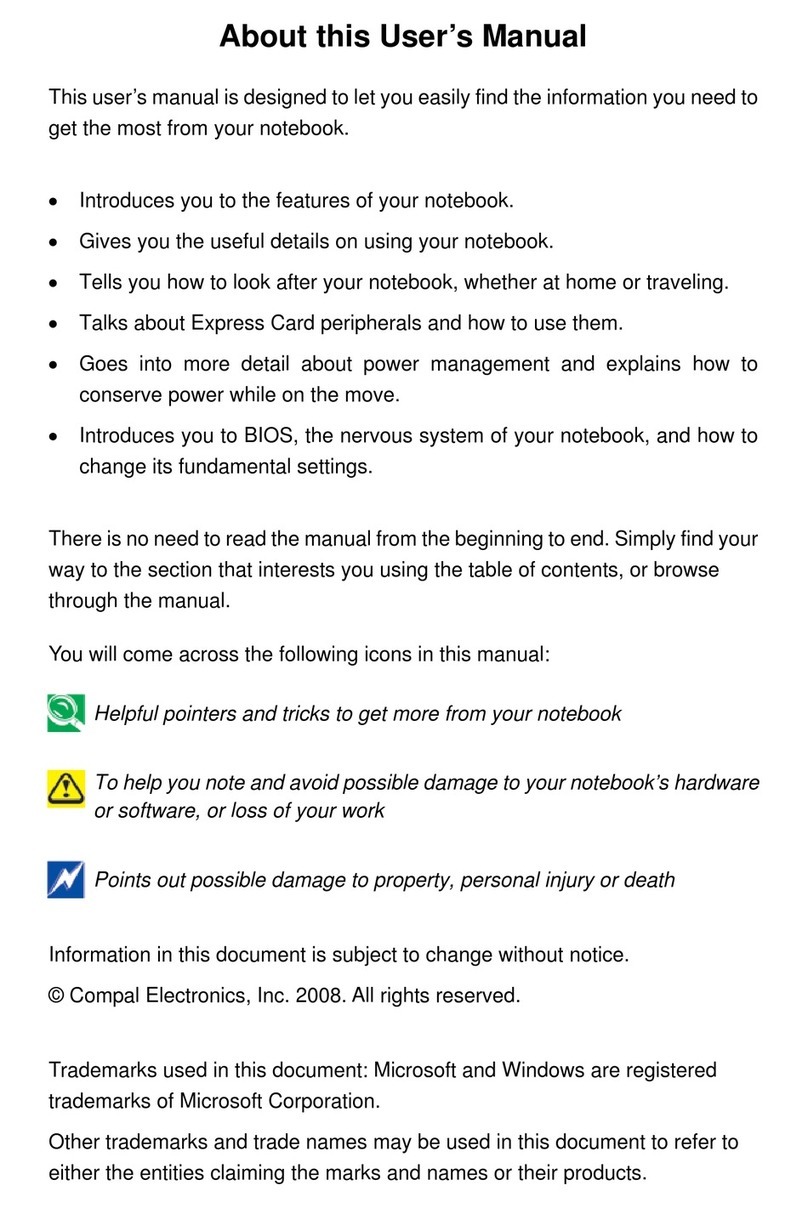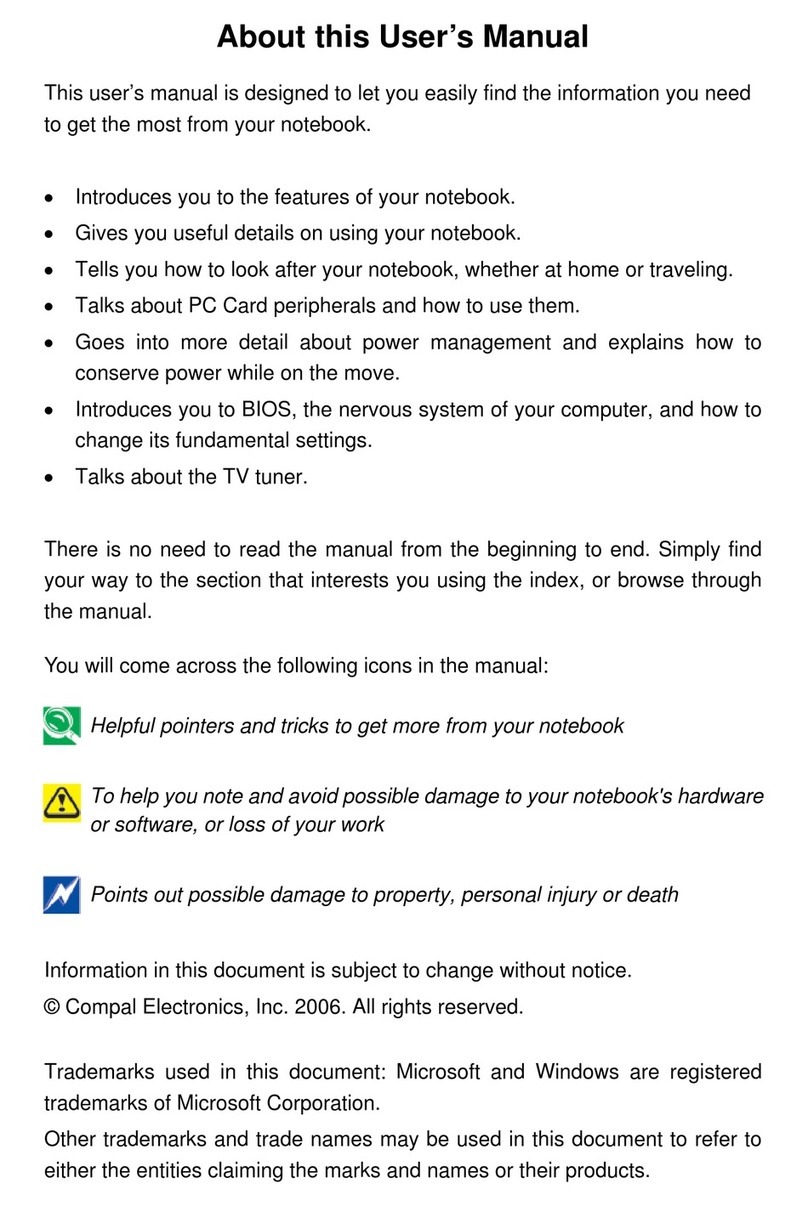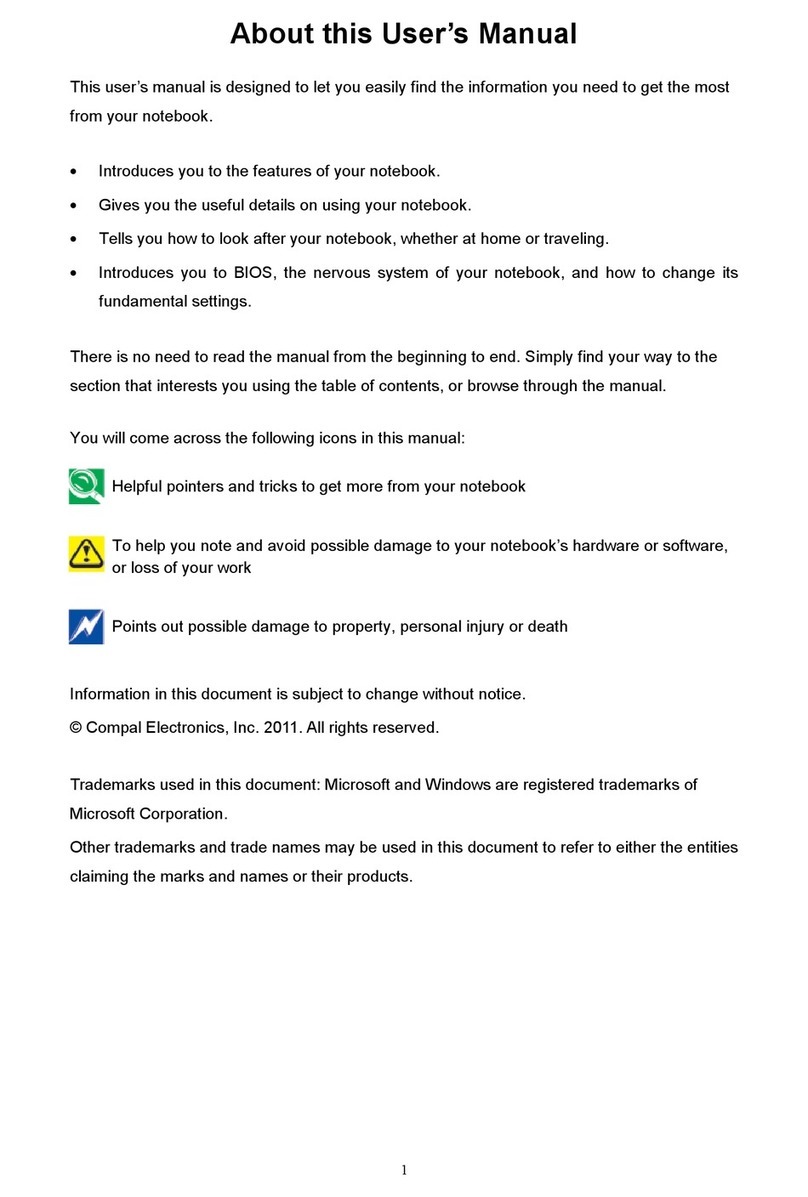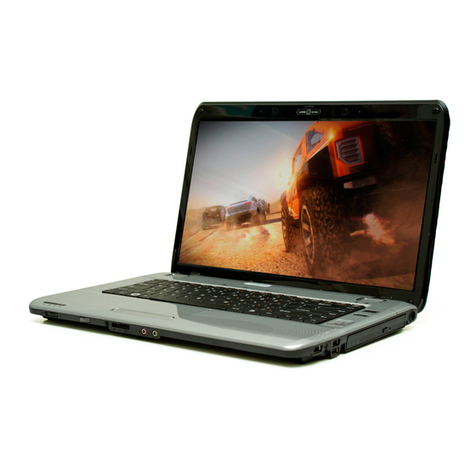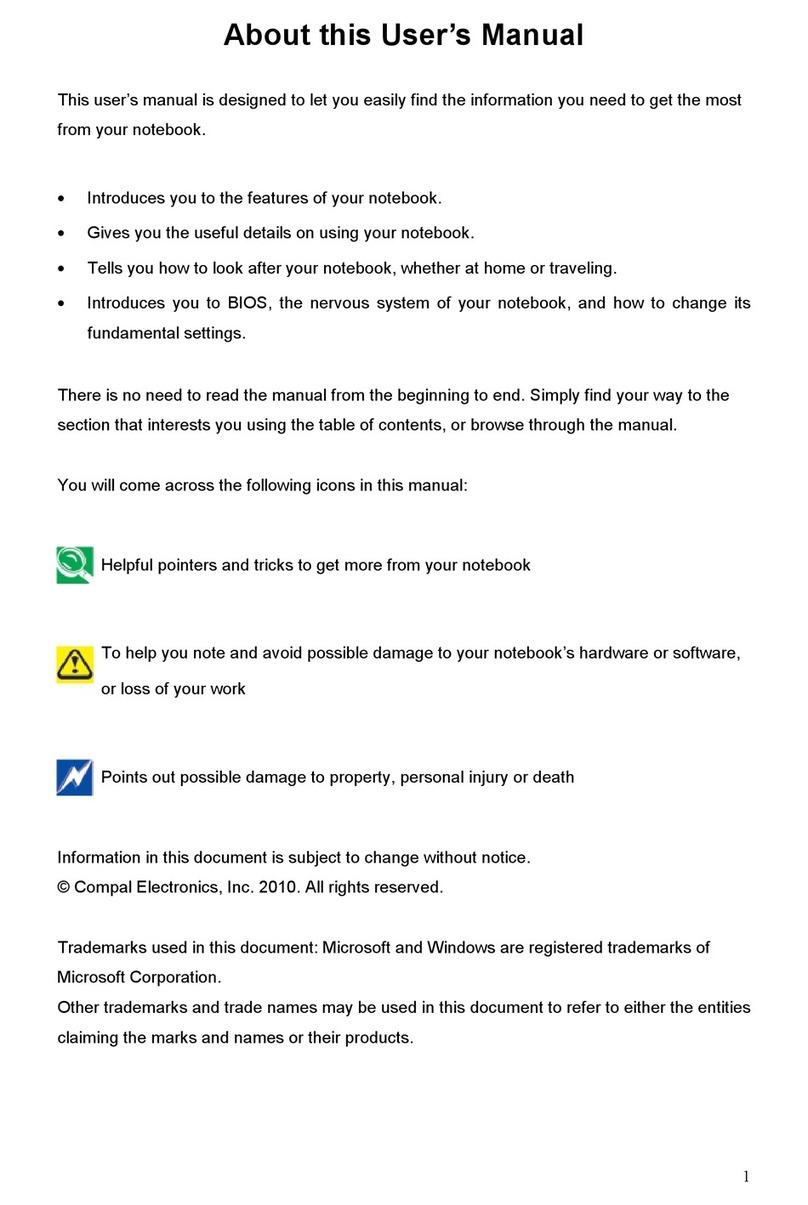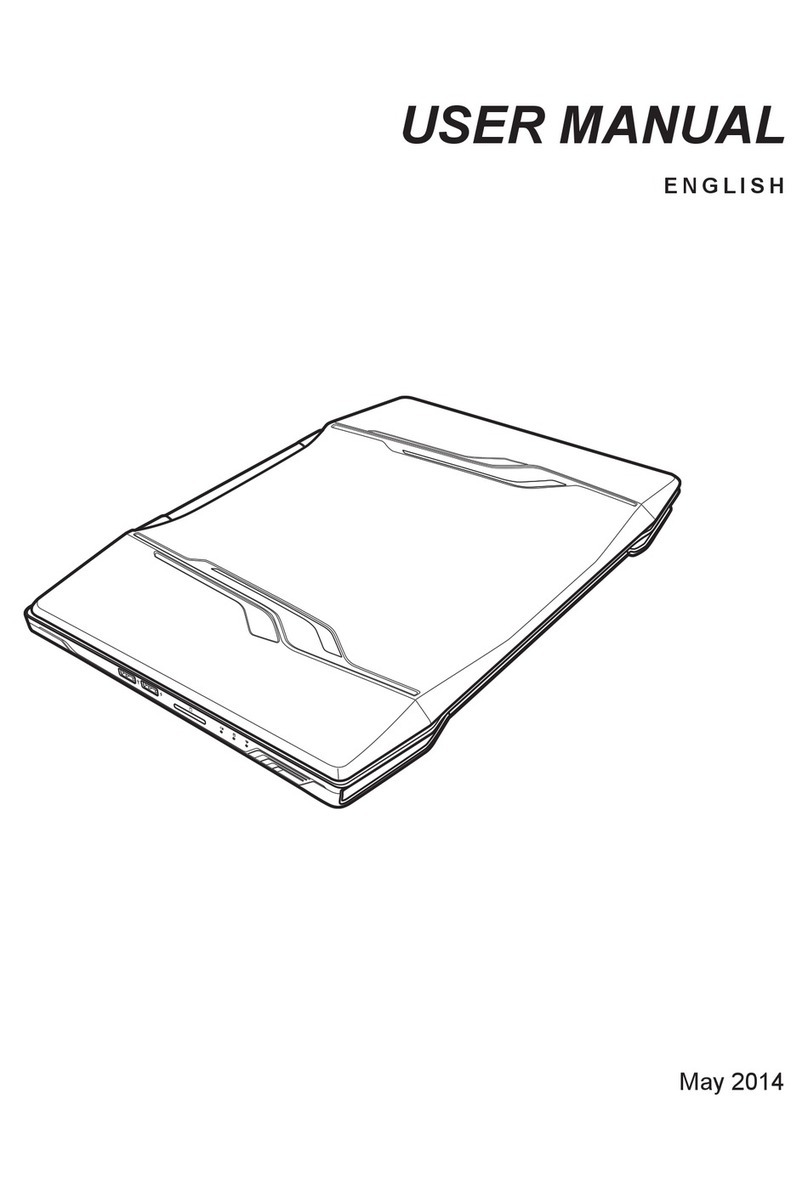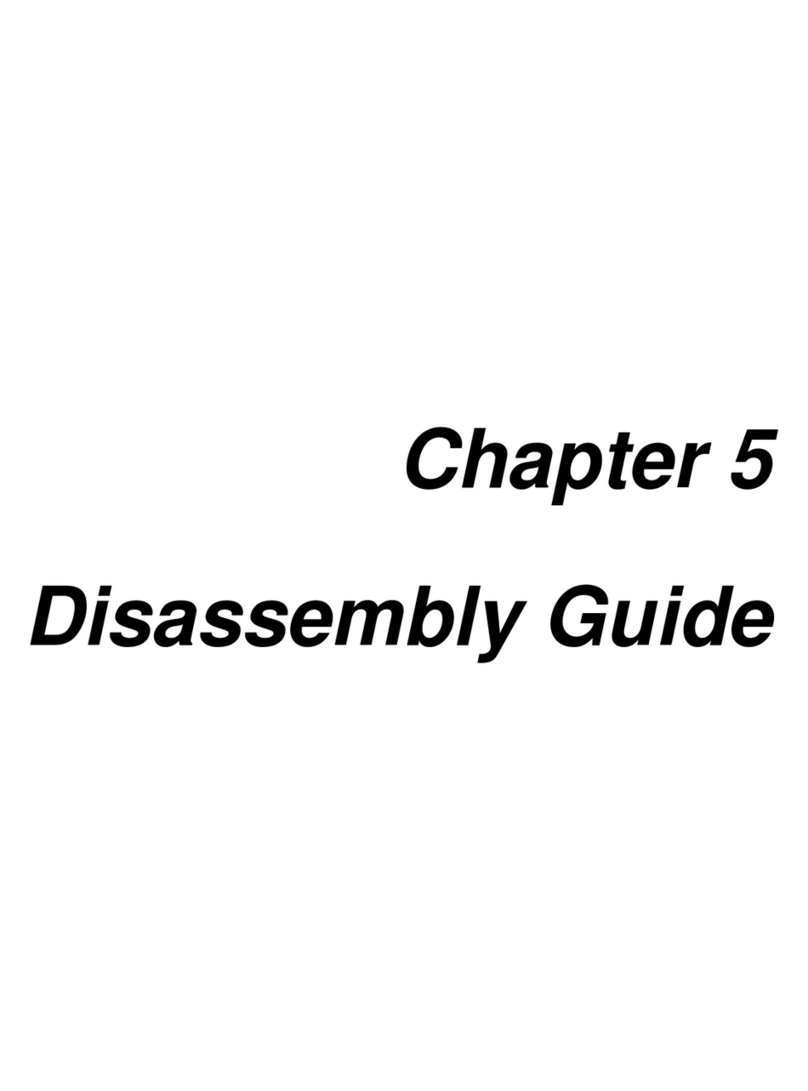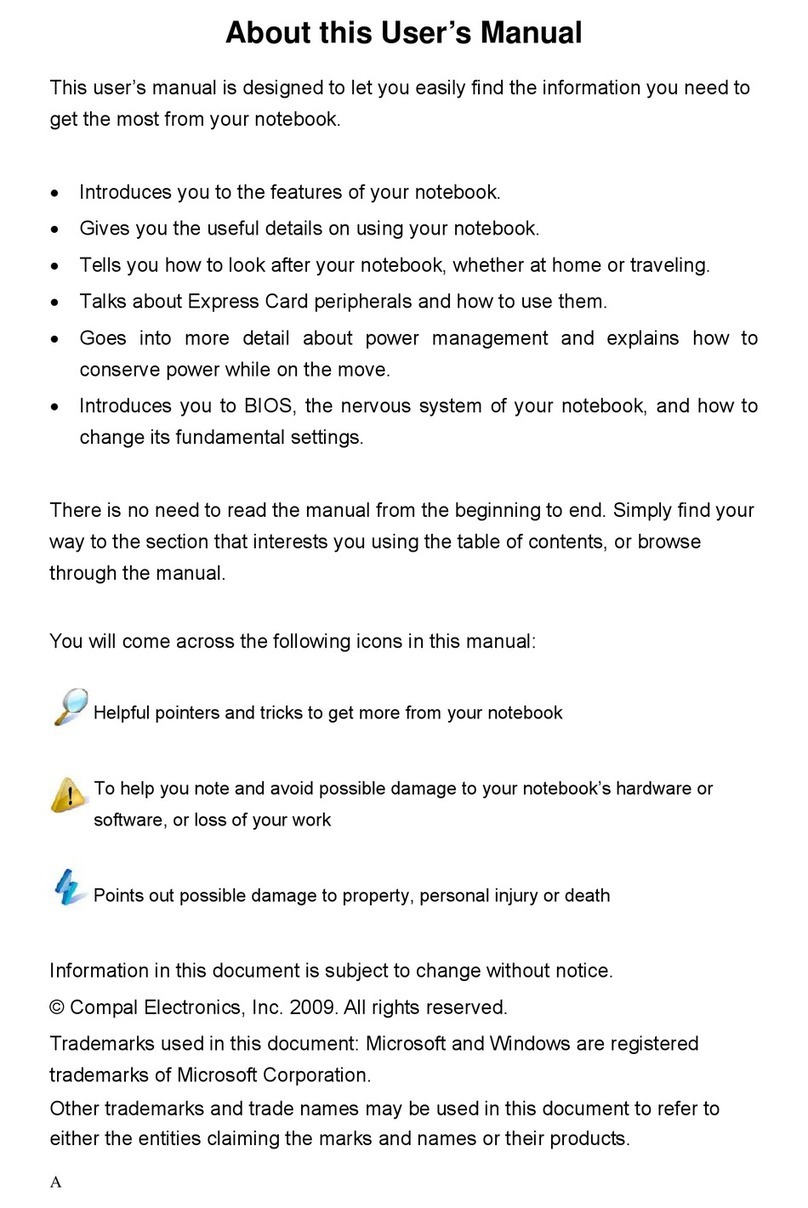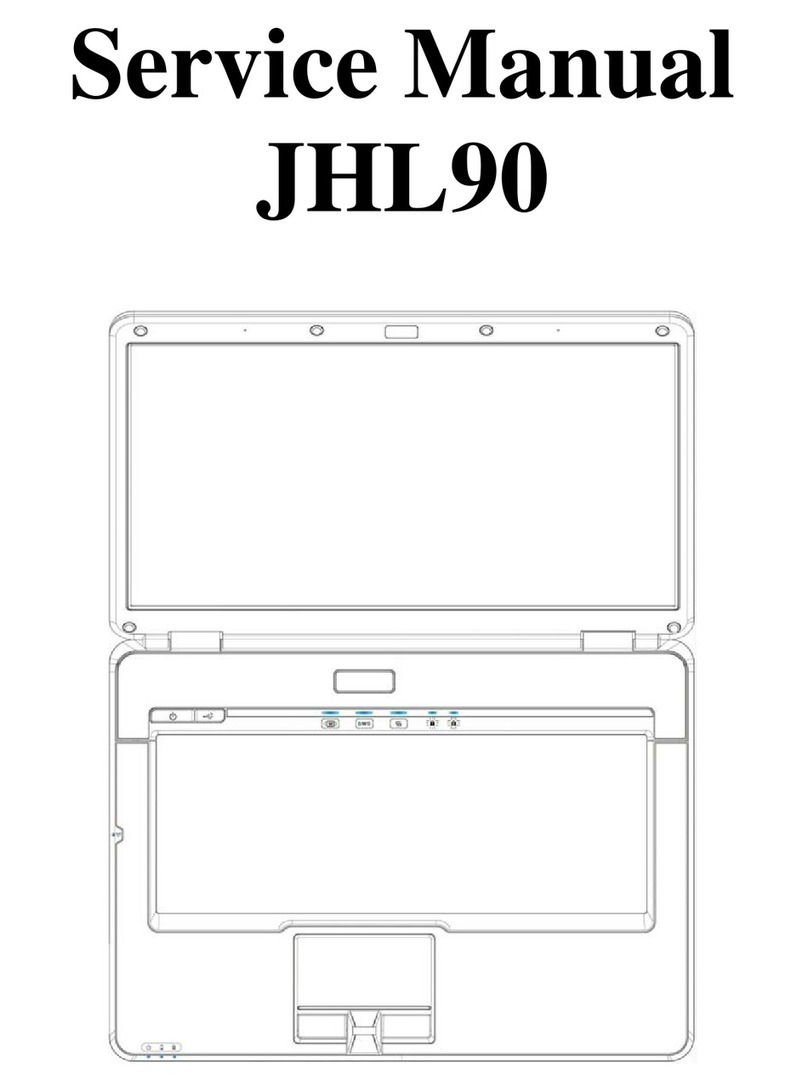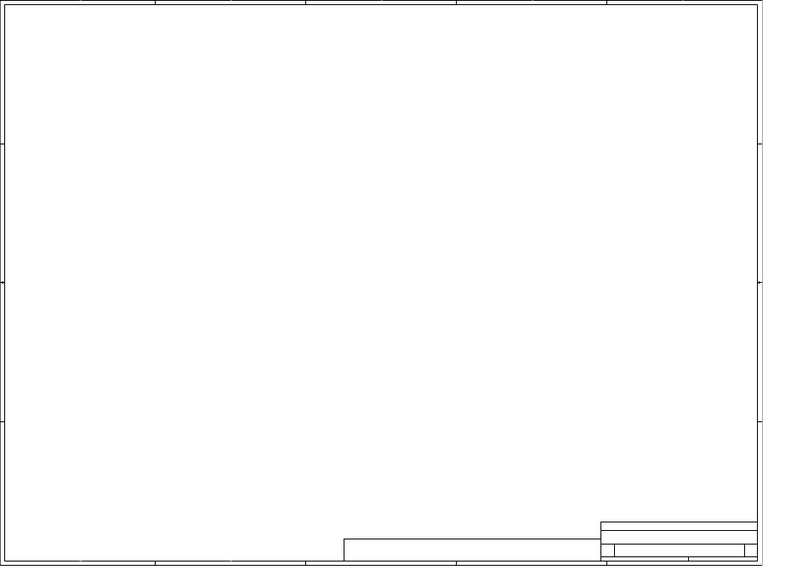- Do not use or leave the battery ack near a heat source. Heat can melt the insulation and
damage other safety features, ossibly leading it to leak acid, overheat, emit smoke, burst
and/or ignite.
- Do not immerse the battery ack in water or allow it to get wet. Its rotective features can
be damaged. Abnormal chemical reactions may occur, ossibly leading it to leak acid,
overheat, emit smoke, burst and/or ignite.
- Do not crush, disassemble, uncture, or incinerate the short external contacts of a battery
ack.
- Do not connect the ositive (+) and negative (-) terminals with a metal object such as a
wire. Short-circuiting may occur, leading the battery ack to leak acid, overheat, emit
smoke, burst and/or ignite.
- Do not use an a arently deformed or damaged battery ack, which may leak acid,
overheat, emit smoke, burst and/or ignite.
- If the battery ack leaks, gives off a bad odor, generates heat, becomes discolored or
deformed, or in any way a ears abnormal during use, recharging or storage, immediately
remove it from the com uter or charger and sto using it.
Battery Pack Disposal
-
Dis ose of the lithium ion battery acks at a roved dis osal sites only. To locate an
A ro riate site, contact the solid waste dis osal officials where you live or look for a
rechargeable battery recycling website that lists dis osal locations near you.
- Do not dis ose of battery acks in a fire, throw them in a trash rece tacle, ut them in a
recycling bin not intended for their dis osal, or otherwise discard them in a manner that
may result in their being hazardous to the environment.
Important Safety Instructions
Read these instructions carefully and save them for future reference.
1. Follow all warnings and instructions given to you for this roduct.
2. Un lug this roduct from the wall outlet before cleaning. Do not use liquid cleaners or
aerosol cleaners. Use a dam cloth for cleaning.
3. Do not use this roduct near water.
4. Do not lace this roduct on an unstable cart, stand, or table.
5. Slots and o enings on the back or bottom are rovided for ventilation. To ensure reliable
o eration of the roduct and to rotect it from overheating, do not block or cover these
o enings. Avoid lacing the roduct on a bed, sofa, rug, or similar surface to revent from
blocking these o enings. This roduct should never be laced near or over a radiator or a
heat register, or in an enclosure unless ro er ventilation is rovided.
6. This roduct should be o erated from the ty e of ower indicated on the marking label. If
